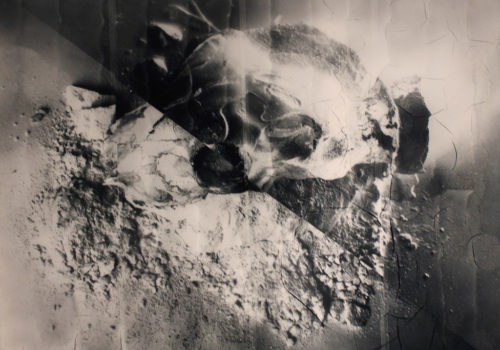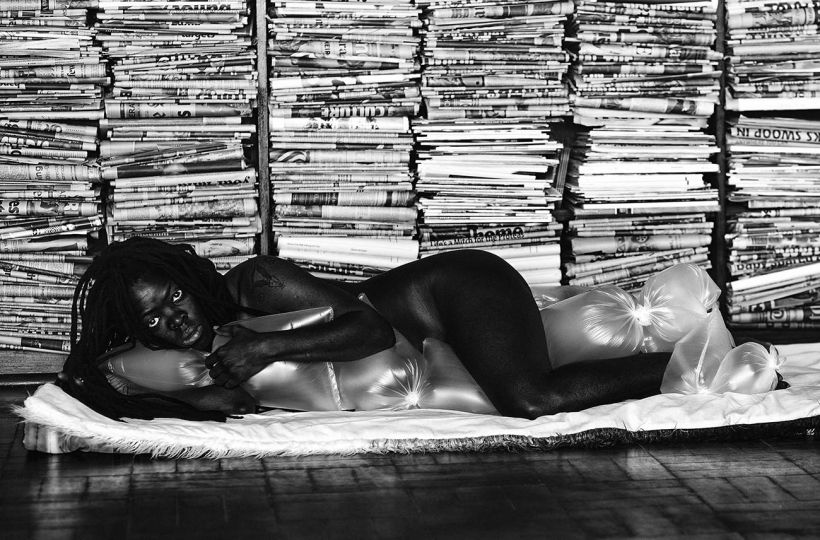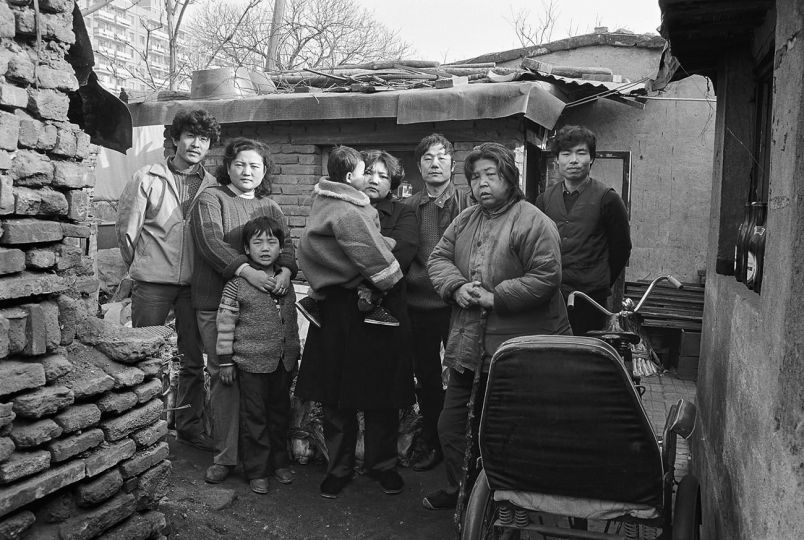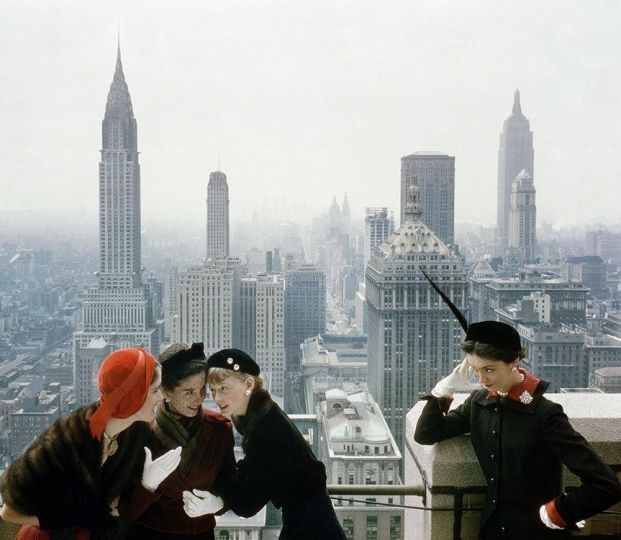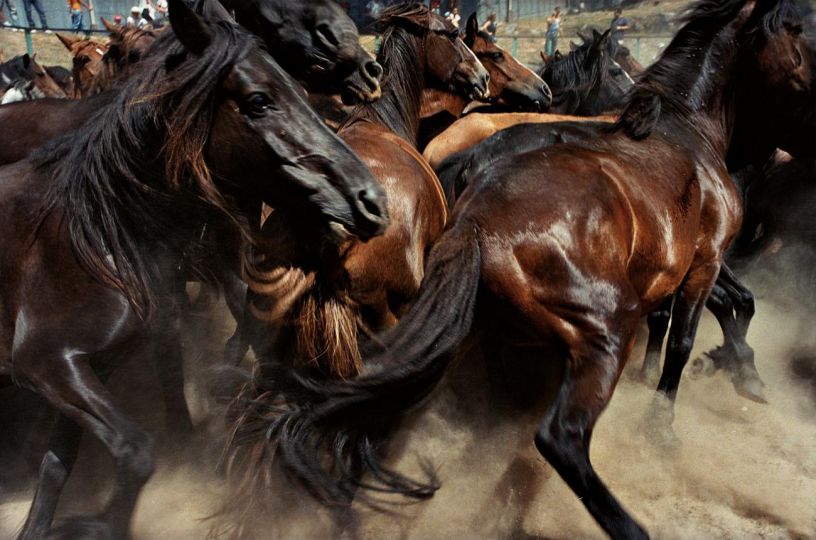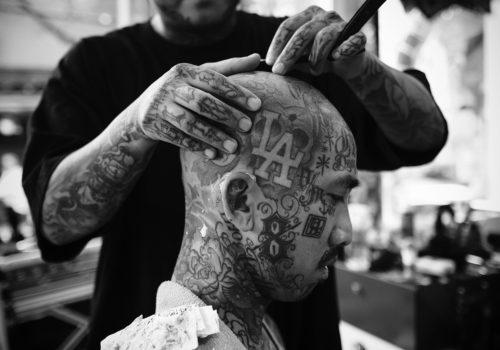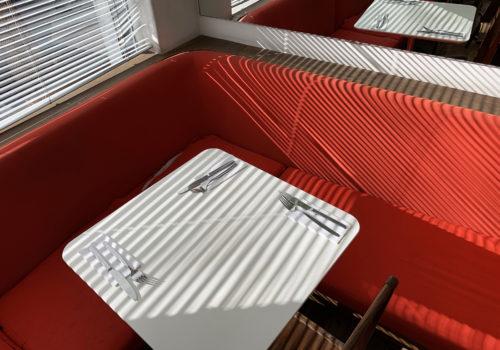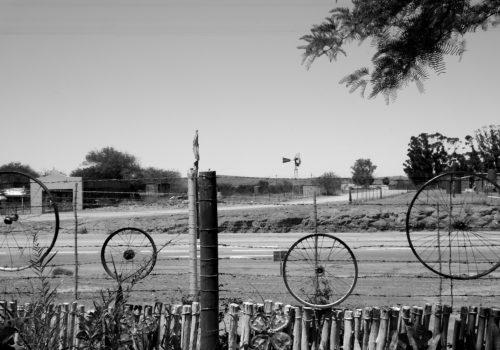The Escougnou-Cetraro gallery is opening its latest exhibition tomorrow. Created by Léa Bismuth, La Campagne est noire de soleil (The countryside is black with sunlight),* it brings together works by a duo of artists represented by the gallery: Pia Rondé and Fabien Saleil.
The Countryside is black with sunlight is an invitation for everything to be unveiled to the dazzled eyes, scorched spine, the body brought down to the cracked soil, to the fractured clay of beginnings. The sun scorches from all sides, leaving no room for stillness, compelling absolute immersion in the landscape whose contours are ill-defined and blurred in the shimmering heat of the air. Eyes smart from it, but that is also why they open onto age-old archaism, become savage eyes, on the lookout for the slightest thing that will help find one’s way or sustain life: a mineral cavity, a rock formation, the remains of a dove turned back to primordial dirt, devoured by ants. Nearby, beneath the blazing sky, a path leads into a burned forest: incinerated treetops, charred soil, leaves and twigs reduced to ashes. The forest gently rustles, crackles and wanders; still wrestling with the wind, it sways its surviving branches against the blank blue sky.
These are chosen the territories of Pia Rondé and Fabien Saleil: sunlit places; new sanctuaries in which images are taken in order to be better unfolded later, once they shed their photographic prison. Photography is thus pure matter that blackens the glass, or skin that makes transparency opaque. Photography is but an instrument: it is the potion — in the strict sense of a photosensitive concoction, developer or fixer — in this magic art. It is of little importance how such-and-such image is made, how it ends up depositing its film on the surface of a membrane or glass lens, the techniques are so diverse: pinhole, gelatin silver, or digital prints, enlargements, negative or positive prints of various types, systems of carbon copy and caches, photograms, cutouts in fresh gelatin… What matters is the total sum of these techniques and their indistinctness; it is the emergence of the image in its sculptural form which lovingly adapts to, and blends with, its materials. Thus, like the fragments of a timeless archeological dig, sculptures of crumpled, melted glass, perhaps still hot, become what the artists call “fluid bodies,” or bodies in suspension. For, glass, an organic, living matter, is born in a fusion at high-temperature, inhabited by human breath and its flame, just as photography is produced through exposure to sunlight. These are sister techniques, two sources of life that seek fire in order to come into being and exist.
– Léa Bismuth
* The title of the work is borrowed from an essay by Albert Camus, “Les Noces à Tipasa.” — Trans.
EXHIBITION
La Campagne est noire de soleil (The Countryside is Black with Sunlight)
Pia Rondé & Fabien Saleil
Curator : Léa Bismuth
From March 19th to April 30th, 2016
Galerie Escougnou-Cetraro
7, rue Saint-Claude
75003 Paris
France
Tel +33 (0) 9 83 02 52 93
[email protected]
http://www.escougnou-cetraro.fr
http://piarondefabiensaleil.com

